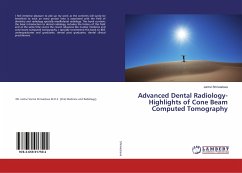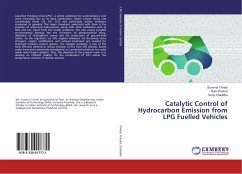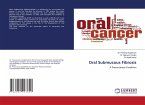Positron Emission Tomography (PET) is an imaging technique where a positron emitting radiotracer is injected into the patient and spreads physiologically within the body: the radioisotope activity distribution is proportional to the drug concentration. PET is an established technique for cancer detection, and18F-fluorodeoxyglucose (FDG) continues to be the most widely used radiotracer for the staging and restaging of most tumors. However, many of the newer radiotracers will likely play a larger role in cancer care in the future and, along with FDG, will be used increasingly to determine a patient's prognosis, make decisions regarding treatment planning, and evaluate treatment response. In addition, new radiotracers will continue to be developed as diagnostic agents for tumors with minimal FDG uptake such as some neuroendocrine tumors.
Bitte wählen Sie Ihr Anliegen aus.
Rechnungen
Retourenschein anfordern
Bestellstatus
Storno








